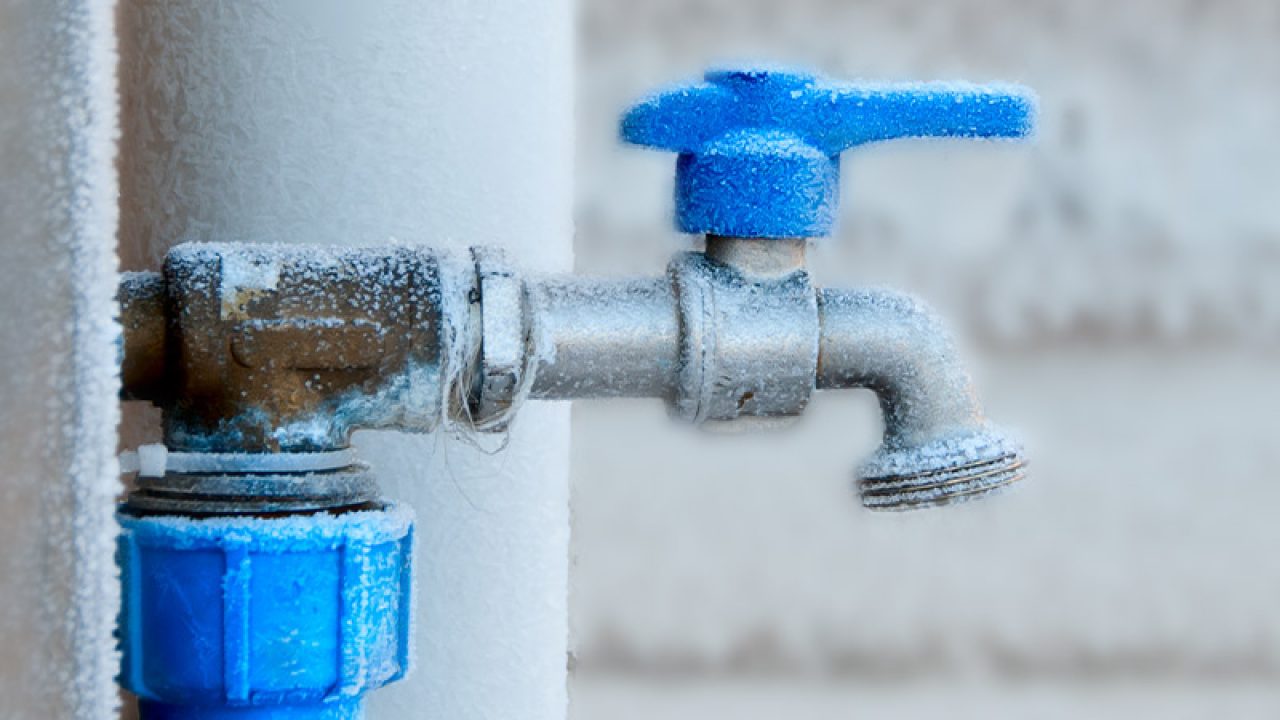Tips to Defend Your Pipes from Freezing: Specialist Advice
Tips to Defend Your Pipes from Freezing: Specialist Advice
Blog Article
The author is making a few good pointers on Winter Plumbing Precautions: Preventing Frozen Pipes in general in the content just below.

Winter can damage your pipes, particularly by freezing pipelines. Below's how to prevent it from occurring and what to do if it does.
Introduction
As temperatures decline, the danger of icy pipes boosts, potentially bring about costly repair work and water damages. Comprehending exactly how to avoid frozen pipelines is crucial for property owners in chilly climates.
Understanding Frozen Pipes
What creates pipelines to freeze?
Pipelines ice up when exposed to temperature levels below 32 ° F (0 ° C) for prolonged periods. As water inside the pipes ices up, it broadens, taxing the pipeline wall surfaces and possibly causing them to burst.
Threats and problems
Frozen pipelines can result in water supply interruptions, residential property damages, and pricey repair services. Burst pipes can flooding homes and cause substantial structural damage.
Indications of Frozen Water Lines
Determining icy pipes early can prevent them from breaking.
How to identify icy pipes
Look for decreased water circulation from taps, uncommon smells or sounds from pipelines, and noticeable frost on exposed pipes.
Prevention Tips
Shielding at risk pipes
Cover pipes in insulation sleeves or make use of warmth tape to protect them from freezing temperature levels. Focus on pipes in unheated or exterior locations of the home.
Heating techniques
Maintain interior spaces adequately heated up, particularly areas with pipes. Open up cabinet doors to allow warm air to circulate around pipes under sinks.
Safeguarding Outdoor Pipes
Garden tubes and exterior faucets
Separate and drain garden hose pipes prior to winter months. Mount frost-proof spigots or cover outdoor taps with shielded caps.
What to Do If Your Pipes Freeze
Immediate activities to take
If you suspect icy pipelines, keep faucets open to soothe pressure as the ice thaws. Use a hairdryer or towels soaked in warm water to thaw pipelines slowly.
Long-Term Solutions
Structural adjustments
Take into consideration rerouting pipelines far from outside wall surfaces or unheated areas. Add added insulation to attics, cellars, and crawl spaces.
Updating insulation
Purchase top quality insulation for pipes, attic rooms, and walls. Correct insulation aids maintain regular temperatures and reduces the risk of icy pipes.
Verdict
Stopping frozen pipes needs aggressive procedures and fast actions. By understanding the causes, indications, and safety nets, home owners can shield their pipes during winter.
Helpful Tips to Prevent Frozen Pipes this Winter
UNDERSTANDING THE BASICS: WHY PIPES FREEZE AND WHY IT’S A PROBLEM
Water freezing inside pipes is common during the winter months, but understanding why pipes freeze, and the potential problems it can cause is crucial in preventing such incidents. This section will delve into the basics of why pipes freeze and the associated problems that may arise.
THE SCIENCE BEHIND FROZEN PIPES
When water reaches freezing temperatures, it undergoes a physical transformation and solidifies into ice. This expansion of water as it freezes is the primary reason pipes can burst. As the water inside the pipe freezes, it expands, creating immense pressure on the walls. If the pressure becomes too great, the pipe can crack or rupture, leading to leaks and water damage.
FACTORS THAT CONTRIBUTE TO PIPE FREEZING
Low Temperatures: Extremely cold weather, especially below freezing, increases the risk of pipes freezing. Uninsulated or Poorly Insulated Pipes: Pipes located in unheated areas, such as basements, crawl spaces, or attics, are more prone to freezing. Insufficient insulation or lack of insulation altogether exacerbates the problem. Exterior Wall Exposure: Pipes running along exterior walls are susceptible to freezing as they encounter colder temperatures outside. Lack of Heating or Temperature Regulation: Inadequate heating or inconsistent temperature control in your home can contribute to frozen pipes. PROBLEMS CAUSED BY FROZEN PIPES
- Pipe Bursting: As mentioned earlier, the expansion of water as it freezes can cause pipes to burst, resulting in significant water damage.
- Water Damage: When pipes burst, it can lead to flooding and water damage to your property, including walls, ceilings, flooring, and personal belongings.
- Structural Damage: Prolonged exposure to water from burst pipes can compromise the structural integrity of your home, leading to costly repairs.
- Mold and Mildew Growth: Excess moisture from water damage can create a favorable environment for mold and mildew growth, posing health risks to occupants.
- Disrupted Water Supply: Frozen pipes can also result in a complete or partial loss of water supply until the issue is resolved.
WHY CERTAIN PIPES ARE MORE PRONE TO FREEZING
- Location: Pipes located in unheated or poorly insulated areas, such as basements, crawl spaces, attics, or exterior walls, are at higher risk of freezing.
- Exterior Pipes: Outdoor pipes, such as those used for irrigation or exposed plumbing, are particularly vulnerable to freezing as they are directly exposed to the elements.
- Supply Lines: Pipes that carry water from the main water supply into your home, including the main water line, are critical to protect as freezing in these lines can affect your entire plumbing system.
- Underground Pipes: Pipes buried underground, such as those connected to sprinkler systems or outdoor faucets, can be susceptible to freezing if not properly insulated.
https://busybusy.com/blog/helpful-tips-to-prevent-frozen-pipes-this-winter/

We hope you liked our section about Preventing and dealing with frozen pipes. Thank you for taking time to read through our article. Appreciated our content? Please quickly share it. Help other people discover it. I value your readership.
Get Quote Now Report this page